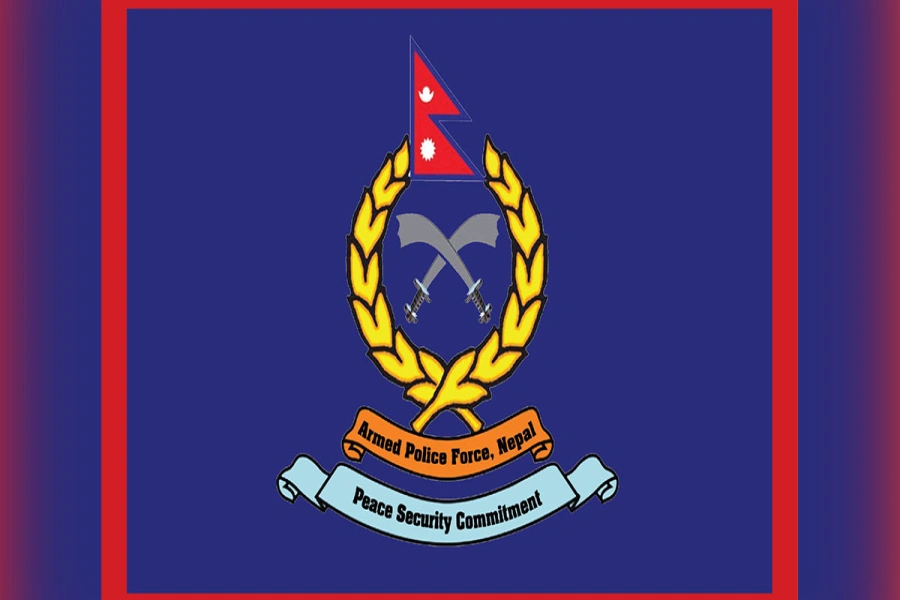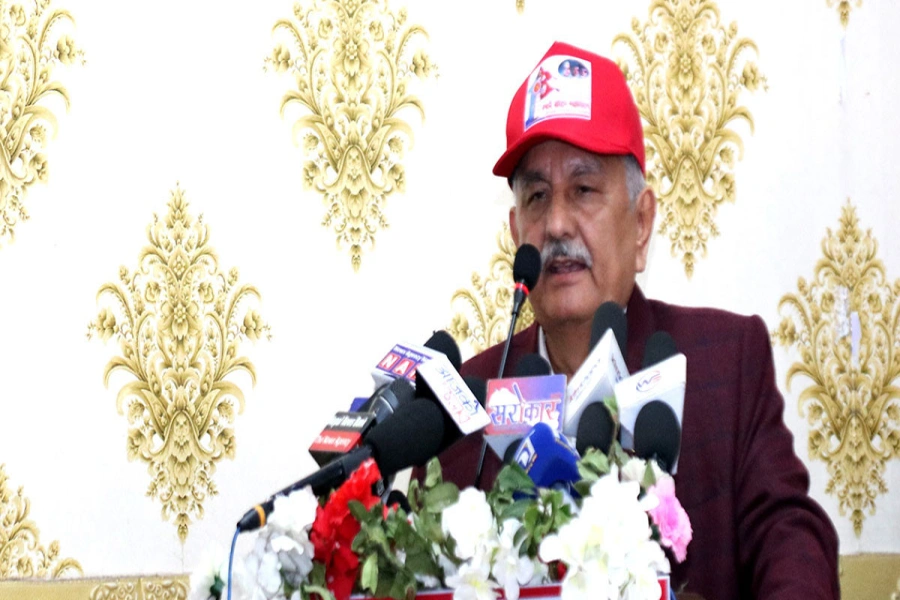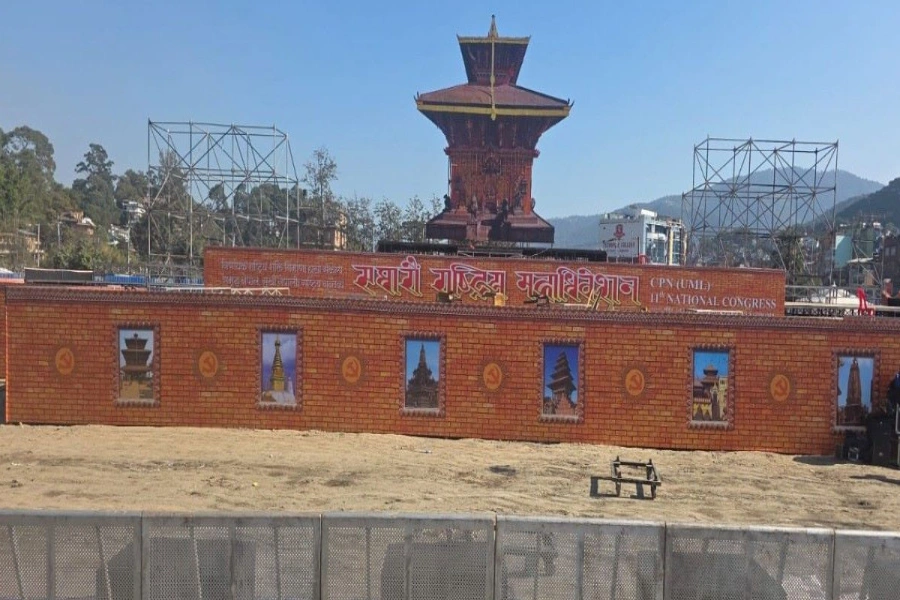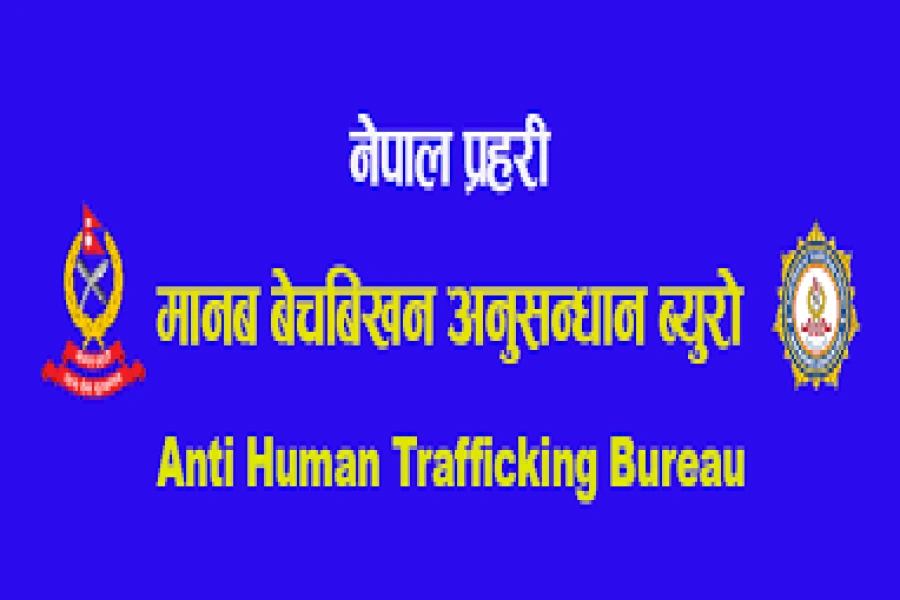Without check posts, tourists are behaving freely: Tourism entrepreneurs
POKHARA, Aug 29: Two Spanish nationals who set out on the Ghorepani trek in the Annapurna region have been missing for four days. While the police were searching the area where the Spanish tourists went missing, they found the body of a male near the Bhurungdi River in Tikhedhunga, Annapurna Rural Municipality-9, Kaski, on Tuesday afternoon.
The police have not yet confirmed whether the body found belongs to the missing tourist although the body appears to be of a foreigner. However, the police suspect that the body could be of one of the two missing Spanish nationals. The search in the area continues on Wednesday.
Kaski police spokesperson Deputy Superintendent of Police (DSP) Basanta Kumar Sharma stated that although the deceased man’s appearance matches that of the missing Spanish national, DNA testing is needed to confirm the identity. Sharma also mentioned that even if the body is confirmed to be that of the Spanish man, there is still no information about the missing woman.
"Our assumption is that the body of the man found on Tuesday belongs to the missing Spanish national. However, further investigation is required to confirm this. We have not yet found any additional details about the missing woman," he said. "The search for them is still ongoing," he added.
Bodies of South Korean trekker and Nepali guide recovered from...

According to the police, the Spanish nationals - 37-year-old Eric Soler Kasanovas and 32-year-old Mercy Molass Junka, were confirmed to be missing in the area based on their passports and clothing found in a bag. Sharma provided this information, stating that the search is being conducted in the same area where the bag was discovered.
The Nepal Tourism Board (NTB) had banned Free Individual Trekkers (FIT) in the trekking areas from April 1, 2023. Under this regulation, foreign tourists were required to trek in Nepal only with a guide or support staff through a trekking company. However, it has been confirmed that the missing Spanish tourists were trekking without a Nepali guide or support. Trekking businesses believe that the tourists encountered difficulties due to not having any assistance or a guide.
The umbrella organization of trekking businesses, the Trekking Agencies' Association of Nepal (TAAN) Gandaki Chairperson Dharmaraj Panthi says, “There is a rule that no foreigner should go trekking without a Nepali guide or support staff. However, it has been confirmed that the two Spanish tourists did not follow this rule.” Panthi stated that this situation arose due to the violation of the rule prohibiting trekking without assistance or a guide.
"Ending the FIT system meant that foreign tourists were required to take a guide or support staff and go through a trekking company," he said. "However, problems have occasionally arisen when foreign tourists violate this rule. The Spanish tourists also disregarded this rule," he mentioned.
The NTB implemented this decision in accordance with Section 7 of the Nepal Tourism Act 2053 BS and Section 10 (a) of the Trekker Information Management System (TIMS) Operation (First Amendment) Guidelines, 2066. Panthi stated that this arrangement was put in place to ensure the safety of tourists in Nepal’s adventure destinations. "Problems such as tourists getting lost or being unsafe during solo treks had been occurring," he said. "Although the rule was enforced to prevent such issues, some weaknesses have led tourists to continue disregarding the regulation."
According to Panthi, before this rule was implemented, foreign tourists could obtain TIMS cards from authorized entities and go on solo treks. However, with the new rule in place, it became mandatory to have support staff or a guide. "Currently, solo trekking is not permitted; only group treks are allowed. The group can consist of just two people (one tourist and one guide), with at least one Nepali support staff being required. However, foreign tourists have been disregarding this requirement," Panthi said. He added that the reason for non-compliance is the cost associated with hiring a guide or support staff.
According to Panthi, the reason for foreign tourists disregarding the rules is the absence of check posts along the trekking routes. Without check posts, foreigners have been bypassing TIMS requirements to go trekking. "The Spanish tourists registered their entry at the Annapurna Conservation Area Project (ACAP) check post in Birethanti, but since there was no TIMS entry point, they managed to bypass it easily," he said. "ACAP only verifies permission for the conservation area; it does not have the authority to check TIMS. Although it is mandatory to have a guide or support staff while obtaining TIMS permission, these Spanish tourists evaded the requirement."
"If they had obtained TIMS approval, they would have had a guide or support staff with them. However, since they bypassed TIMS, they did not have any support staff. As a result, they encountered problems," he said. "Had they obtained TIMS, there would have been at least one person accompanying them. This person could have prevented the Spanish couple from going into the river or from swimming."
It is suspected that while trekking, they slipped and fell into the Bhurungdi River while either swimming or taking photos. Panthi believes that if they had had support staff with them, they might have been able to avoid the accident.
"There needs to be check posts in various places to verify TIMS. While cooperation between the NTB and TAAN is necessary for this, it has not happened, so there are no check posts along the trekking routes. Taking advantage of the absence of check posts, the trend of tourists going on solo treks has not stopped," Panthi said. According to Panthi, these foreigners not only evaded TIMS but also put their lives at risk by trekking carelessly.
Kaski police Spokesperson DSP Sharma also suspects that the tourists ended up in the river due to the lack of Nepali support staff. "If they had a Nepali guide or support staff with them, they would have been prevented from entering the river or could have been more cautious while taking photos. It is suspected that their ignorance led to the tourists being swept away by the river," he said. He added that the search is ongoing in the area where the bag was found, based on the assumption that the tourists fell there.
According to the tourism sector, it is estimated that 30 percent of tourists coming to Nepal for trekking are Free Individual Trekkers (FITs). Before the Covid-19 pandemic, in 2019, more than 46,000 tourists came to Nepal as FITs.





































